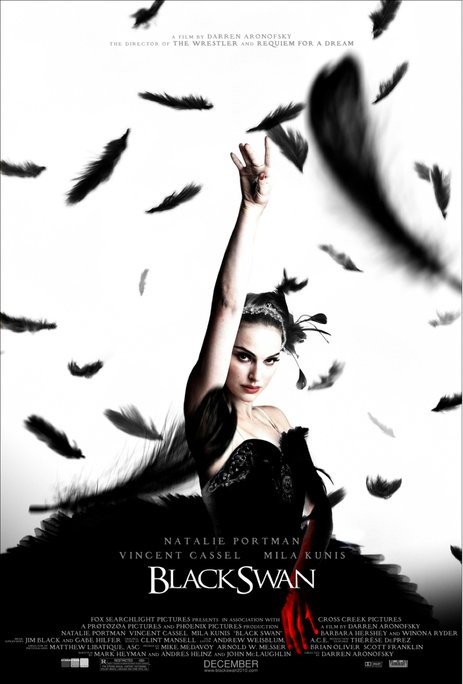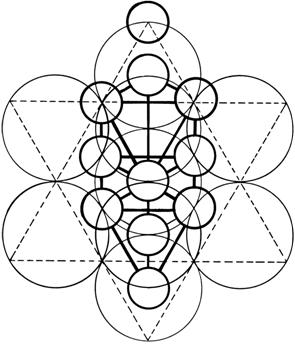Female artists are generally incensed by the portrayal of female sexuality in Black Swan. Looking at the film through the conventional feminist lens, they are asking: "Why does a woman still need to use her sexuality to move ahead in her career?"
This refers to the dancer Nina, played by the brilliant Natalie Portman, who is goaded by the ballet director (Vincent Cassel) into the dark realms of her psyche in order to embody the Black Swan in his remaking of Swan Lake, as a struggle between the Dioynissian vs. Apollonian creative tension that births great art.
Such a haunting and lusciously beautiful film instills an aesthetic arising from the tension between the opposites -- perfection and its dark mirror of destruction and decay -- was a welcome relief for me, considering my decade of scouring under artists' beds, in their closets and waste baskets for compelling imagery penetrating into the depths of the female psyche.

With the art world system so engorged over the past twenty years -- participants busting structures at their seams -- there seems to be some communal agreement to tamp down the primordial force that has driven art through the ages in order to, well, keep the order!
Classical ballet provides the perfect stage for a new birth, as it upholds as an aesthetic the last bastion of the patriarchy in the arts, with its strict demarcation of gender roles -- male dancers serving as support/suitors to prima ballerinas in toe shoes -- and hierarchy revealed in Nina's struggle to break free from the corps and brand herself as an artist.
The understanding that exists at the film's core, that a new order can only arise from chaos and female sexuality is the primordial force of transformation propelling beyond the ego self to the universal Self -- is either deeply repressed or simply ignored, for the most part, in the contemporary art world.
Yet, I had a welcome request for an interview from an LA style maker who is more eclectic with her mix of art, style and spirituality than ever admitted in the New York art world; in investigating Marie Bargas' website, www.stylecoven.com and discovering the Black Swan style, I say hurrah for the freedom existing outside the art world, where Marie's eclectic mix of pagan spirituality and freedom in fashion celebrates a new luxurious aesthetic of the dark feminine.
The genius of Black Swanis in its externalization of an emerging archetype, which supersedes the conventional dichotomy of good girl/bad girl in classical film, and yes -- the contemporary art world. Still! It devised a manner of bypassing the hot button of the condemned male gaze (Nina's sexual acting out is with herself and her nemesis) to fulfill a vision of art as a vehicle to the hieros gamos, or inner marriage of opposites, the alchemical conjunction...

The Kabbalah, or Tree of Life, as the hexagon symbol of a 21st century archetype; image by Rabbi Leiberman, a leading Jewish scholar.
...which we find within the structure of the Kaballah, which director Darren Aronofsky has used in previous films.
Aronofsky has delivered a new vision into mainstream cinema that he was developing into a cinematic language in his enigmatic The Fountain, an unwieldy cosmic love story that refused to be confined by genre; with its complicated and expensive sets ramping up production costs, it was dismissed a box office failure.
But that film was ahead of its time and revealed the vision of its creator. Much like the 1972 Tarkovskly classsic Solaris, it delivered the Jean Gebser ever-present origin of past, present and future as a galactic vision of love existing beyond (outside?) death.
The set is simple as well: a bare stage with its subterranean environs where dark projections were cast into a myriad assortment of mirrors. It was a labyrinth not representing the male struggle to confront his libido, but the contemporary challenge facing women: to confront and channel the dark energy of the kundalini awakening (typically revealed, as it does in Nina, by skin rash), as the source of genius.
So the question women artists who are disturbed by this film might better be asking is this: Why isn't contemporary art delivering this cosmic truth?
